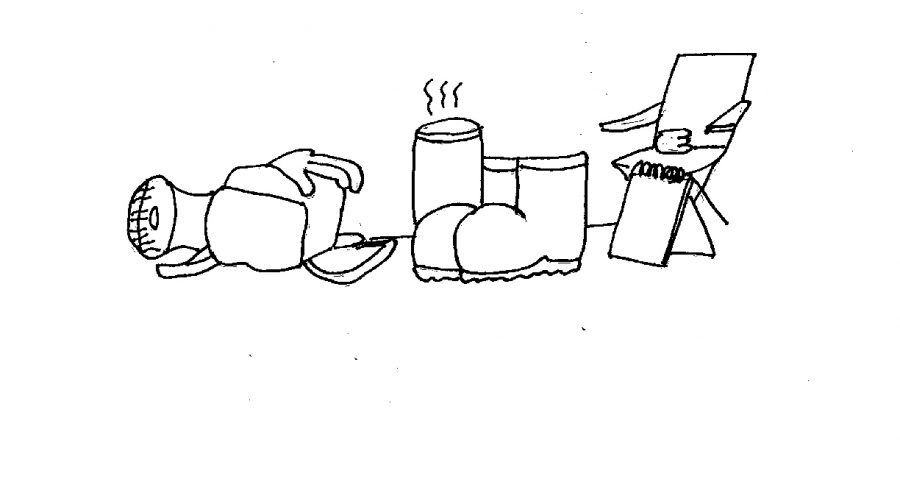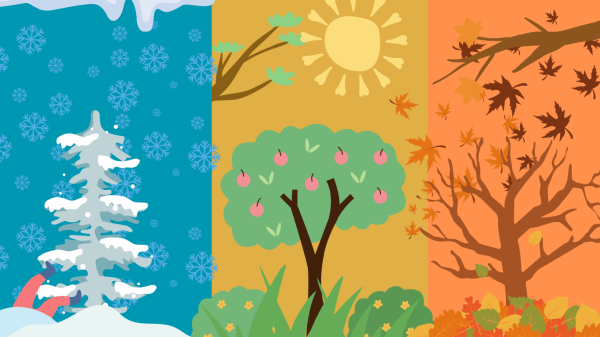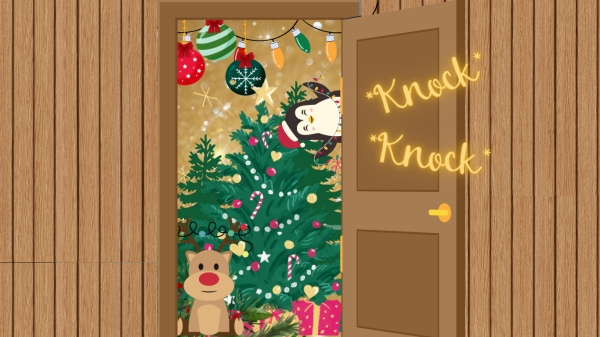Stargazing proves wonderful fall activity
Photo Credit: Al Jackson
As the weather gets colder, the nights get longer. Not only does this provide us with the chance to view the night sky for a longer period of time, but because the winter air does not hold as much moisture as the warm summer air, the skies are more visible and clearer. This is one of the many reasons why stargazers consider winter to be the best time for stargazing. However, one can be woefully unprepared to face the long hours in the cold, so here are a few things one may want to take along to be able to fully enjoy what the sky has to offer. A windproof jacket is definitely the number one item to along with waterproof trousers to keep warm. Remember, if a piece of clothing is waterproof it will also be windproof.
It will also be important to bring a warm hat to cover ears and keep the head insulated. Stout shoes that fasten securely with a thick sole will also be important along with gloves for this same purpose. I would also bring along a notepad and pen to record observations and notes as well as a compass to help you maintain your sense of direction. A warm drink such as apple cider or hot cocoa in a thermos will warm your insides when feeling cold and also add something more the memory of the night that one decides to stargaze. Finally, I definately would bring a blanket or foldable chair.
Returning to one of the objects previously mentioned, the notebook and pen will be useful when trying to make connections between constellations possibly identified. Personally, I find it useful to try to make shapes between specific stars of constellations to remember the constellations the next time and also to help you make next patterns to expand your astronomer’s knowledge for the next time.
You may be wondering how you will be able to see what you are doing under the darkness with nothing but moonlight when the moon is not in its new phrase. This is where a red torch light will come handy. The longer you spend in darkness, the more sensitive your eyes become.
This allows you to see better in dim light, which is exactly what we want to make our experience under the star most memorable. This state is called dark adaptation and this ability allows you to see faint objects in the dark, which is exactly what we want for stargazing.
The reason why a regular flashlight should not be brought is because going from a dark to light adapted state happens faster, meaning that when you look at or with bright light to examine your star chart or check for your equipment your eyes will not adjust back into their dark adaptation state until abruptly 20 to 60 minutes later.
There are a few must see night sky sights in the shifting fall to wintertime that will make a great memory for the family searching for their next adventure, the couple searching for their next date location, or for the one person questing to expand their horizons. Quite literally.
Some of the largest, most dramatic and most well-known constellations come out during the wintertime including Gemini the twins, Monoceros the unicorn, the famed Orion the hunter and sky formations such as the Pleiades.
I also advise you not to miss the peak of Taurid meteor shower during the first week of November with ten meteors an hour, if skies are clear. On Nov. 17, Leonids which are named from its position from the direction of Leo’s head. Between Dec. 13-14, Gemini meteor showers will be at its peaks and here can be an expected one meteor per minute from the direction of Gemini.
Whenever and wherever you plan to stargaze remember that any night can make for a wonderful show, if you fully prepare yourself.







